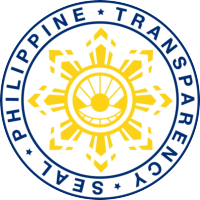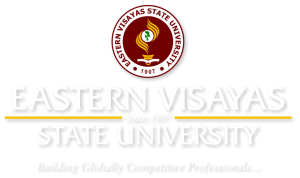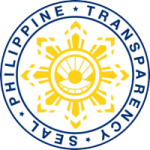Proponent/Claimant
Abstract
Clustering the distribution of student graduates is an approach used to analyze and understand the success of Vocational High School education programs in preparing graduates to enter the workforce or start their own businesses. The purpose of clustering is to evaluate the effectiveness of educational programs, identify entrepreneurial potential, formulate career planning, and develop entrepreneurial skills, all contributing to the fulfilment of Sustainable Development Goals (SDGs) related to quality education (SDG 4), decent work and economic growth (SDG 8), and industry, innovation, and infrastructure (SDG 9). Through this clustering, schools can evaluate the extent to which quality high school graduates achieve career or entrepreneurial success, supporting the objectives of SDG 4. This information helps in designing educational programs that are more in line with the needs of the job market, providing better career guidance to students, and promoting entrepreneurial skills among high school students, contributing to SDG 4 and SDG 8. Clustering the distribution of vocational high school students by working, continuing, and entrepreneurial status plays an important role in strengthening the link between education and the world of work, aligning with the aims of SDG 4 and SDG 8. Self-Organizing Map (SOM), as an Artificial Neural Network, assists in data clustering or mapping tasks, aiding in the discovery of patterns and trends within the vocational high school graduate population. The result of clustering using Z-Score and Min-Max normalization techniques is 5.31% and 3.98%, respectively, providing insights into the career and entrepreneurship trends and patterns of vocational high school students. This valuable information can be used for the development of educational programs, career guidance initiatives, and improved alignment between education and the needs of the world of work, ultimately contributing to the realization of SDGs 4, 8, and 9.





